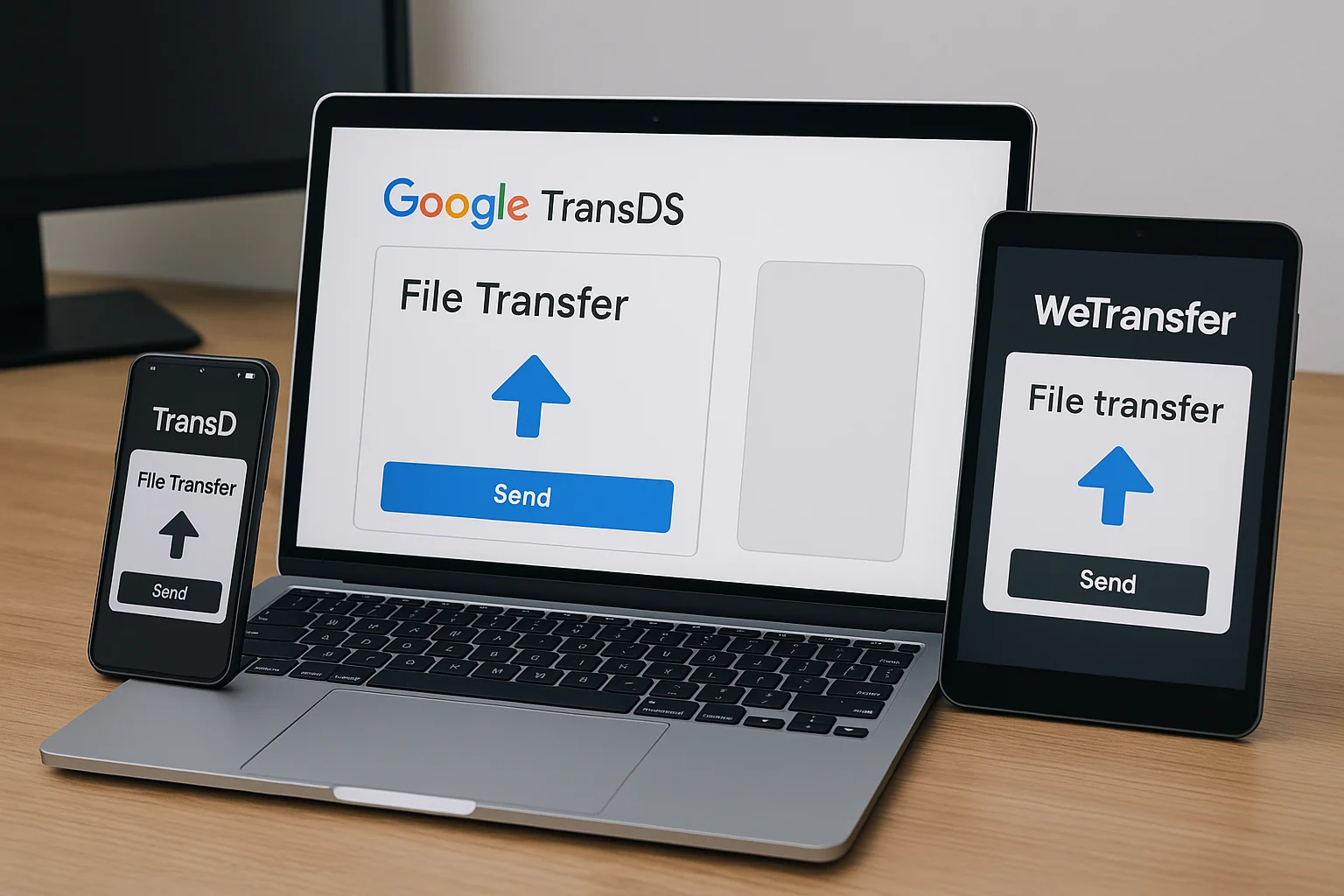Introduction: What Is Transds and Why It Matters
In today’s digital world, data mobility is everything—and that’s where transds comes into play. Whether you’re transferring files, documents, or managing digital tasks across platforms, transds is becoming a go-to solution. From google transd services to file transder apps, the evolution of this technology has transformed the way we handle data.
In this comprehensive guide, we’ll break down what transds really is, explore its uses, best practices, common mistakes, and how you can benefit from it whether you’re a casual user or a tech professional.
Benefits of Transds
How It Helps in Digital Workflow
Transds isn’t just another buzzword—it’s a technology-driven approach to file transder that enhances efficiency, collaboration, and security. For example, when using google transds, you can share, store, and edit files in real-time, improving team productivity and reducing manual errors.
Key Advantages for All Users
Whether you’re an individual, small business, or enterprise, transds offers clear advantages:
- Real-time accessibility: Transfer files anytime, anywhere.
- Cross-platform compatibility: Use across iOS, Android, Windows, and Mac.
- Secure transfers: Encryption ensures data integrity and confidentiality.
- Seamless integration: Easily works with google transd and other tools like transd app and we transder.
- Cloud support: Makes large-scale digital movement easier and safer.
By using platforms such as transdara and transde, users can experience a flexible ecosystem that caters to every file-sharing need.
How to Use/Apply Transds
Step-by-Step Guide
Using transds is fairly simple, and the steps vary slightly depending on the platform. Here’s a generic breakdown:
- Choose a platform: Options include transd app, google transds, or we transder.
- Upload your file: Click or drag the files to upload.
- Set transfer settings: Choose recipient, expiration time, and password (optional).
- Initiate transfer: Click on the file transder button and share the link or send via email.
- Recipient downloads: The file is downloaded safely with access control in place.
Common Mistakes to Avoid
Even with user-friendly platforms, mistakes happen. Here’s what to watch out for:
- Ignoring encryption: Always use secure options, especially when using transde services.
- Uploading large files without compression: Some transds platforms have size limits.
- Forgetting expiry settings: Files may become inaccessible if settings aren’t configured properly.
- Sharing incorrect links: Always double-check the transd link before sending.
Best Practices for Transds
Tips & Tricks for Better Results
Want to make the most of your transds experience? Follow these practical tips:
- Use cloud integrations: Services like google transds automatically sync files.
- Name your files clearly: For better searchability and tracking.
- Always verify recipient info: Avoid misdirected transfers.
- Use mobile-friendly tools: Like the transd app for quick on-the-go actions.
- Stay updated: Platforms like transdara and transds release new features regularly.
Expert Recommendations
Tech experts suggest:
- Automate routine transfers with scripts or API integrations for business use.
- Use file compression when handling multiple large files.
- Regularly audit your transfer history, especially if using google transd services in professional environments.
FAQs About Transds
Answer Common Questions
Q1: What exactly is transds?
A: transds refers to digital file transfer solutions that include tools like transd, google transds, and we transder, aimed at streamlining digital communication.
Q2: Is google transd safe to use?
A: Yes, it uses encryption and two-factor authentication to ensure data safety.
Q3: Can I use transds on mobile devices?
A: Absolutely. Many apps like the transd app support mobile platforms and offer seamless sync.
Q4: What’s the difference between transd and transde?
A: While both offer similar functions, transde often includes enhanced security and audit trails suitable for enterprise use.
Q5: How is transds different from traditional file sharing?
A: It’s faster, cloud-based, and offers better control over permissions and access.
Conclusion: Final Thoughts on Transds
The digital age demands faster, smarter, and more secure data handling—and transds delivers on all fronts. Whether you’re using google transds, we transder, or the transd app, these tools empower users to work more efficiently and securely.


